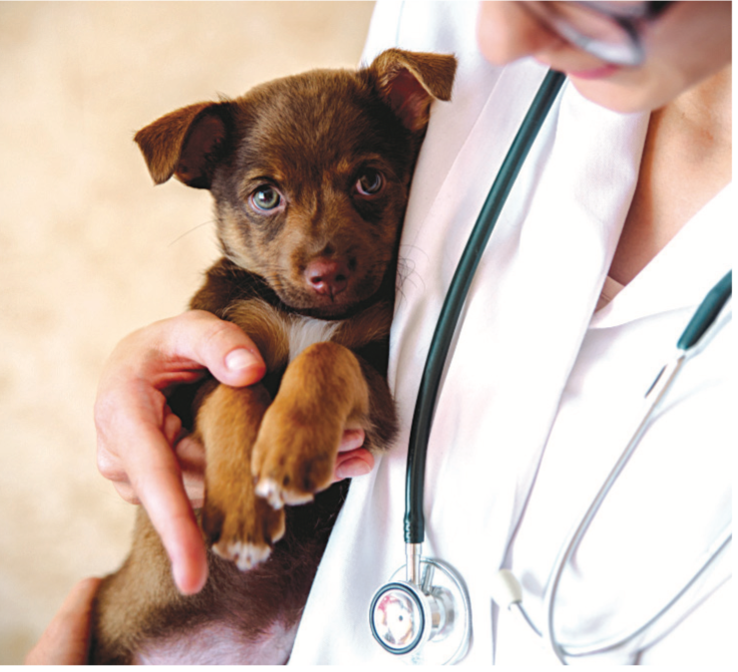I had a patient, a Puppy no less than five months old. He had what seemed like an angular deformity in his limbs.
According to the radiography, the damage involved the forelimb. There were areas in the growth plate that had transparent areas that looked like they were about to break off. He was visibly in pain whenever he was moved.
Based on my knowledge as a veterinary clinician, he seemed to have either rickets or a fracture.
WHAT IS RICKETS?
Rickets is a rare disease of young animals that causes soft and deformed bones. A deficiency in vitamin D or calcium is the most common cause.
Rickets appears more commonly in giant dog breeds rather than small ones. However, in the Puppy’s case, his illness didn’t seem to have been caused by osteomalacia.

WHAT TO DO
If you think your dog has rickets or bone deformities, it is always wise to go to your veterinarian for the correct advice and to hold regular consultations with them.
BRING THAT VITAMIN D
Rickets is commonly caused by insufficient phosphorus, calcium, or vitamin D in the diet.
Vitamin D plays an active role in the body. If the vitamin or its activity is decreased, calcium and phosphorus absorption is reduced. As a result, abnormalities like nutritional and metabolic complications may develop.
Vitamin D is obtained either through the diet or by exposure to sunlight.
The recommended daily dose for calcium is usually 4 grams per day. The recommended intake for phosphorus in dogs is up to 2.25 mg/kg of the dog’s bodyweight per day.
It is not advisable to give excess calcium to Dogs as there is a normal calcium-to-phosphorus ratio that dogs must maintain. The advisable ratio is 1.2:1.

TREATING RICKETS
The severity of the deformity and the fractures will determine the treatment. Asymmetric growth is detected if the patient has a long bone that is not growing and is causing the angular deformity.
The proper medication must be administered to facilitate effective treatment. I prefer non-steroidal anti-inflammatory drugs to corticosteroids and opioids.
As for my patient, he required periodic checkups and imaging. Fortunately, he responded well to the treatment.
Corrective osteotomies can also be done by a veterinarian with specialized training to stabilize the internal or external implants or release tension. These are very expensive and time-consuming procedures. They may also be corrective if properly done in large to giant breed dogs in a specialized hospital setting.
One good news is that prognosis is good for animals without severe limb deformation or fractures due to weight bearing.
MODERATION IS KEY
There is a myth about how Dogs must be given more calcium and phosphorus. Many breeders and enthusiasts give too much calcium supplementation because they think it will help the animal in pregnancy and aid in bone growth.
However, this practice has no basis, as over-supplementing calcium may suppress the Dogs’ capacity for absorption and excretion. A diet high in calcium increases the production of a hormone called parathyroid which, if in excess, may disrupt dynamics in the gastrointestinal tract, reducing calcium absorption.
This can then cause health problems, such as kidney disease and urinary stones. It may also induce genetically predisposed diseases, such as osteochondrosis dissecans, which involves rapid growth, lack of blood flow, and hormonal changes.

Dr. Emmanuel D. Macapagal is the 2000-2001 president of the Philippine Animal Hospital Association, Inc.






